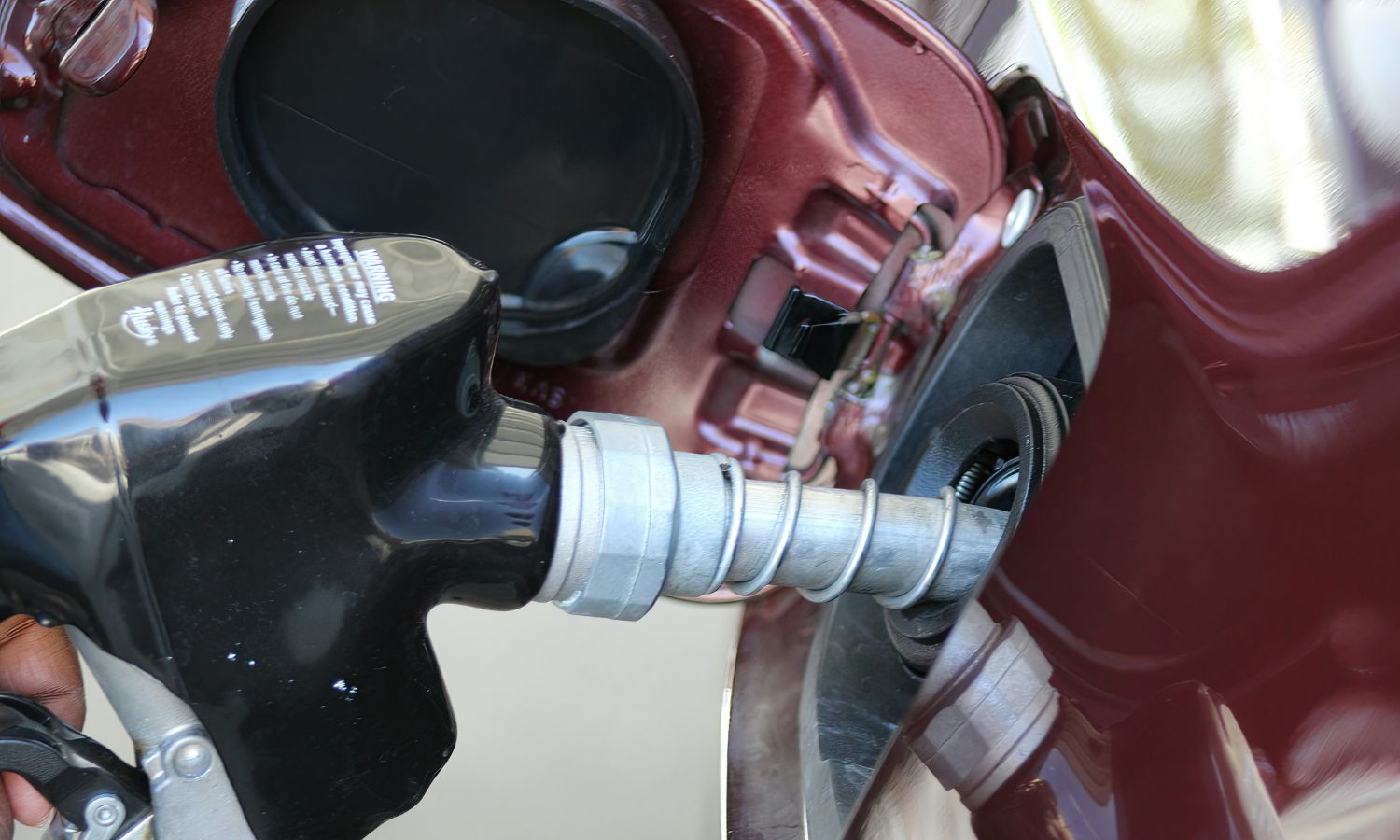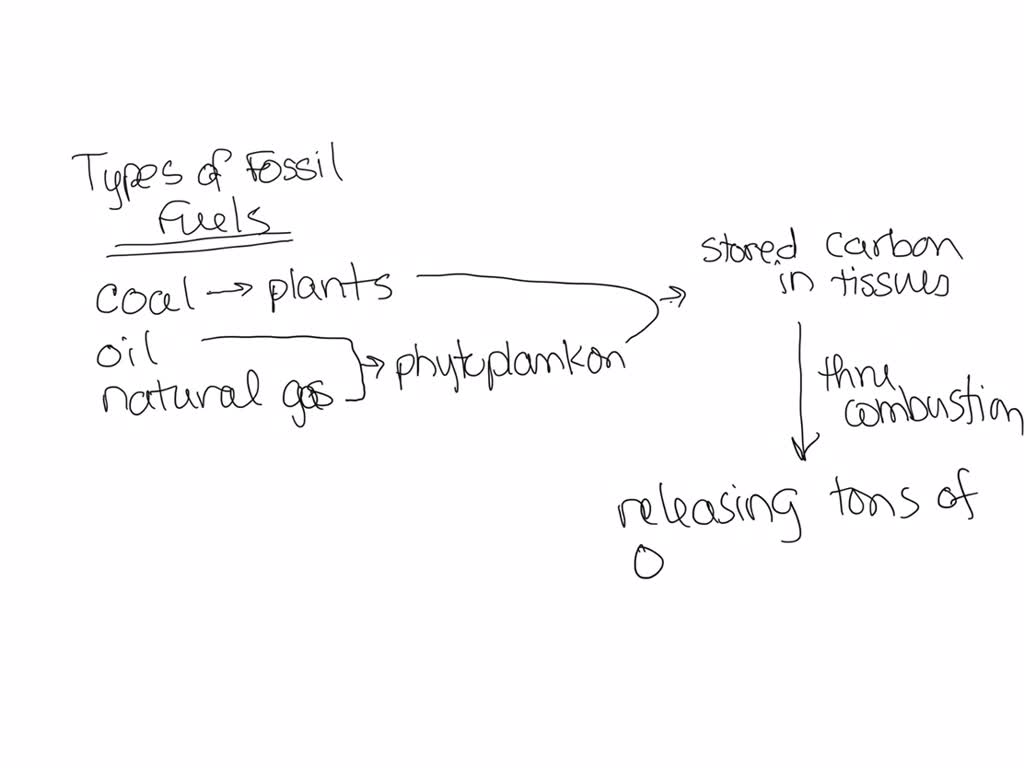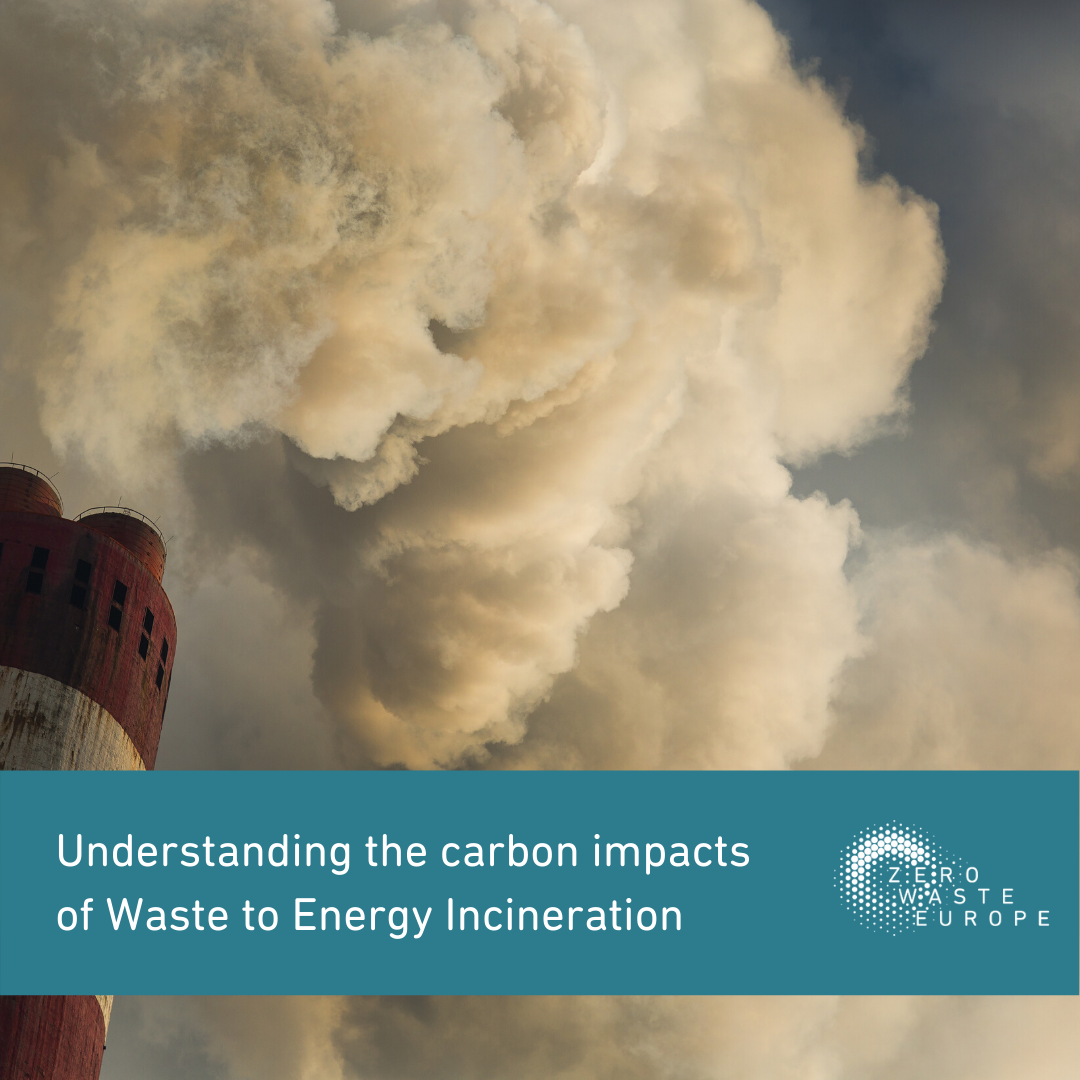1,359 solutions economics When public saving falls by $2b and private saving falls by$1b in a closed economy, a. investment falls by $1b. b. investment falls by$3b. c. investment increases by $1b. d. investment falls by$2b geology Which of these statements is true of the brightest stars? a. They are yellow stars. \\ b.
Carbon Dioxide Emissions From Electricity | How You Can Help
The three fossil fuels are oil, natural gas, and coal. They are hydrocarbons formed from deeply-buried, dead organic material subject to high temperature and pressure for hundreds of millions of years and are a depletable, non-renewable energy resource. Fossil fuel combustion (converting chemical energy into heat) powered the Industrial

Source Image: en.wikipedia.org
Download Image
The burning of fossil fuels for energy began around the Industrial Revolution. But fossil fuel consumption has changed significantly over the past few centuries – both in terms of what and how much we burn. In the interactive chart, we see global fossil fuel consumption broken down by coal, oil, and gas since 1800.

Source Image: eciu.net
Download Image
The Future of Clean Combustion Research – SAAB RDS
The total expenditure of energy in the world each year is about 3 × 10 17 kJ. Today, more than 80% of this energy is provided by the combustion of fossil fuels: oil, coal, and natural gas (The sources of the energy consumed in the United States in 2009 are shown in Figure 15.7.2.) but as Table 15.7.1 from the Wikipedia shows, energy usage is a complex issue.

Source Image: blog.ucsusa.org
Download Image
Identify And Analyze The Way Fossil Fuel Combustion Has Changed
The total expenditure of energy in the world each year is about 3 × 10 17 kJ. Today, more than 80% of this energy is provided by the combustion of fossil fuels: oil, coal, and natural gas (The sources of the energy consumed in the United States in 2009 are shown in Figure 15.7.2.) but as Table 15.7.1 from the Wikipedia shows, energy usage is a complex issue.
Each year, our team contributes to the Lancet Countdown on Health and Climate Change to track the impacts of climate change on human health across 44 indicators around the world. Our research analyzes the health impacts of burning fossil fuels and shows how much we have to gain by ending our reliance on them. Recent research from our Center:
A Cap on Vegetable Oil-Based Fuels Will Stabilize and Strengthen California’s Low Carbon Fuel Standard – Union of Concerned Scientists
The burning of fossil fuels refers to the burning of oil, natural gas, and coal to generate energy. We use this energy to generate electricity, and to power transportation (for example, cars and planes) and industrial processes.
Fossil fuel combustion caused 2.5 million premature deaths in India in 2018

Source Image: downtoearth.org.in
Download Image
Ocean Acidification | The Devastating Ripple Effect of a pH Change
The burning of fossil fuels refers to the burning of oil, natural gas, and coal to generate energy. We use this energy to generate electricity, and to power transportation (for example, cars and planes) and industrial processes.

Source Image: ysi.com
Download Image
Carbon Dioxide Emissions From Electricity | How You Can Help
1,359 solutions economics When public saving falls by $2b and private saving falls by$1b in a closed economy, a. investment falls by $1b. b. investment falls by$3b. c. investment increases by $1b. d. investment falls by$2b geology Which of these statements is true of the brightest stars? a. They are yellow stars. \\ b.

Source Image: terrapass.com
Download Image
The Future of Clean Combustion Research – SAAB RDS
The burning of fossil fuels for energy began around the Industrial Revolution. But fossil fuel consumption has changed significantly over the past few centuries – both in terms of what and how much we burn. In the interactive chart, we see global fossil fuel consumption broken down by coal, oil, and gas since 1800.

Source Image: saabrds.com
Download Image
SOLVED: Identify and analyze the way fossil fuel combustion has changed the composition of Earth’s atmosphere, and the way this change has affected climate.
Organic molecules made by photosynthesizers are passed through food chains, and cellular respiration converts the organic carbon back into carbon dioxide gas. A drawing of mountains, rocks and the ocean titled the carbon cycle. At the top of the drawing above the clouds there is a label of carbon dioxide in atmosphere.

Source Image: numerade.com
Download Image
Effects of fossil fuel and total anthropogenic emission removal on public health and climate | PNAS
The total expenditure of energy in the world each year is about 3 × 10 17 kJ. Today, more than 80% of this energy is provided by the combustion of fossil fuels: oil, coal, and natural gas (The sources of the energy consumed in the United States in 2009 are shown in Figure 15.7.2.) but as Table 15.7.1 from the Wikipedia shows, energy usage is a complex issue.

Source Image: pnas.org
Download Image
Understanding the carbon impacts of Waste to Energy incineration – Zero Waste Europe
Each year, our team contributes to the Lancet Countdown on Health and Climate Change to track the impacts of climate change on human health across 44 indicators around the world. Our research analyzes the health impacts of burning fossil fuels and shows how much we have to gain by ending our reliance on them. Recent research from our Center:

Source Image: zerowasteeurope.eu
Download Image
Ocean Acidification | The Devastating Ripple Effect of a pH Change
Understanding the carbon impacts of Waste to Energy incineration – Zero Waste Europe
The three fossil fuels are oil, natural gas, and coal. They are hydrocarbons formed from deeply-buried, dead organic material subject to high temperature and pressure for hundreds of millions of years and are a depletable, non-renewable energy resource. Fossil fuel combustion (converting chemical energy into heat) powered the Industrial
The Future of Clean Combustion Research – SAAB RDS Effects of fossil fuel and total anthropogenic emission removal on public health and climate | PNAS
Organic molecules made by photosynthesizers are passed through food chains, and cellular respiration converts the organic carbon back into carbon dioxide gas. A drawing of mountains, rocks and the ocean titled the carbon cycle. At the top of the drawing above the clouds there is a label of carbon dioxide in atmosphere.